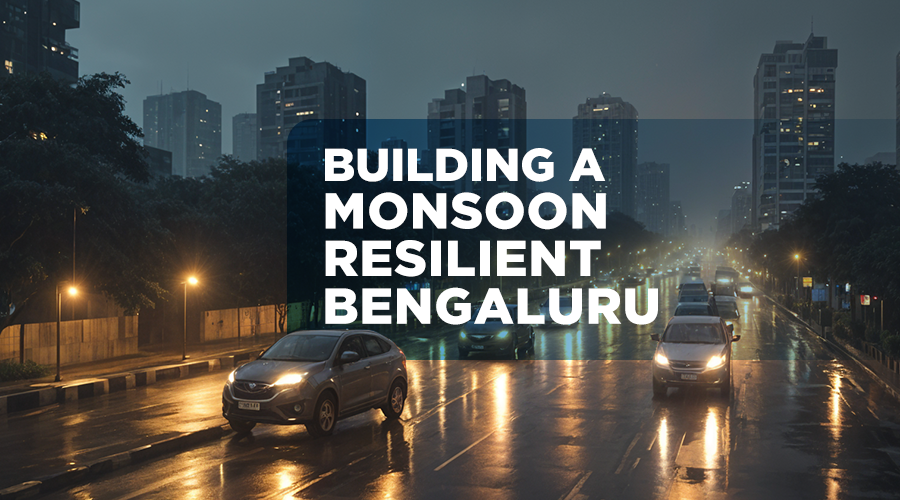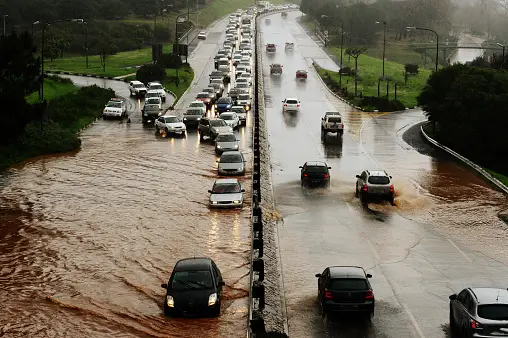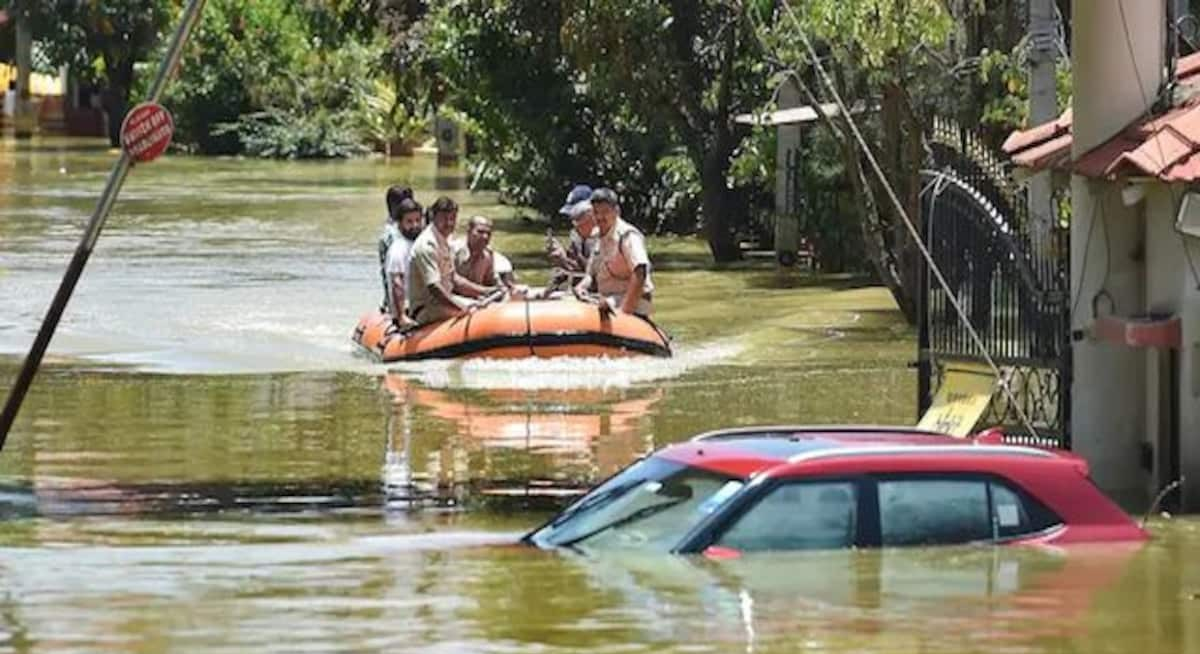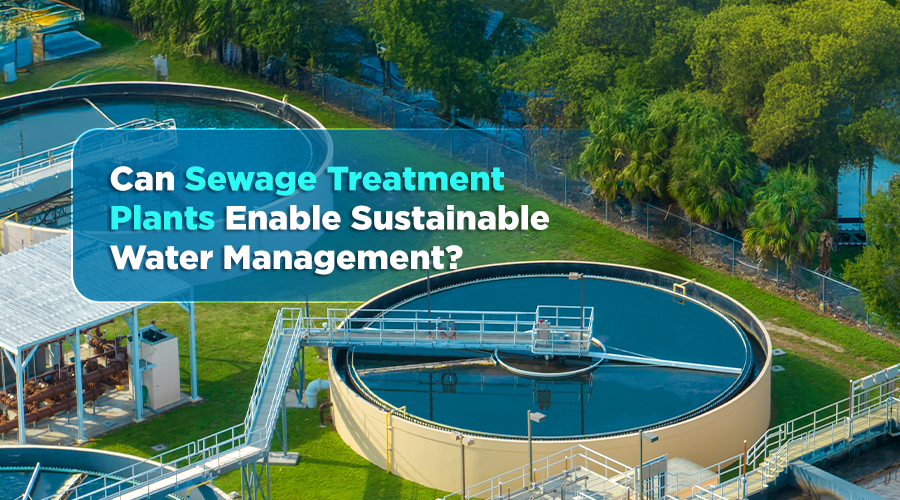Bengaluru, the city celebrated for its vibrant culture, booming tech industry, and beautiful parks, is also becoming known for its unprecedented monsoon floods, which undermine its urban charms. Monsoon rains in Bengaluru, though a relief from the sweltering heat, often bring the city to a standstill. Waterlogging and traffic jams become the norm, with frustrated citizens flooding social media with images of submerged streets and questioning the management. Poorly maintained water drainage system and inadequate rainwater management contribute to the flooding, turning major roads into ankle-deep water hazards. Commuters find themselves stuck in slow-paced traffic, struggling to maneuver through submerged streets.
The irony of monsoon in Bengaluru lies in its ability to both quench the city’s thirst and expose its infrastructural inadequacies, leaving residents and authorities grappling with the perennial challenge of managing the deluge. The Bengaluru floods 2022 was a reality check for the capital where India’s IT hub reportedly registered a loss of over Rs 225 crores. On September 5, Bengaluru experienced a deluge of 132 mm of rain within 24 hours, equivalent to 10% of its seasonal rainfall. Climate change-induced alterations in monsoon patterns intensified the downpour, exacerbating the situation worsened by inadequate urban planning. The city’s drainage systems struggled to cope, resulting in prolonged inundation of streets and neighborhoods. Such extreme weather events are becoming more frequent and severe across Indian cities, posing significant threats to lives, livelihoods, and economic stability.
Addressing these challenges requires a comprehensive approach involving government initiatives, community participation, and sustainable practices. This blog explores effective steps to manage flooding, improve waste management, and enhance infrastructure during Bengaluru’s monsoon season.
Understanding Bengaluru’s Geography and Monsoon Challenges
Bengaluru’s geographical landscape is dotted with numerous low-lying areas, primarily due to historical lake systems that have been poorly maintained over the years. Many of these lakes have been encroached upon and converted into construction sites, leading to waterlogging and exacerbating flood risks. The city’s rapid urbanization has outpaced its infrastructural development, leaving it vulnerable to the monsoon’s wrath.
Another pressing cause is the incomplete stormwater drainage systems on several major connecting roads. Many of these drainage lines are clogged with plastic waste and garbage, left uncleared and neglected. This obstruction prevents rainwater from finding a clear pathway, exacerbating the risk of waterlogging and flooding during the monsoon season. The accumulation of debris not only hampers the drainage capacity but also poses environmental and health hazards.
Effective Strategies to Mitigate Monsoon Issues
Stormwater Drainage & Lake desilting:
The city’s growth has significantly reduced the number of lakes and obliterated smaller water bodies due to encroachments and construction. Consequently, stormwater drains have shrunk to narrow gutters with inadequate capacity, unable to handle heavy rainfall during the monsoon season, thereby causing frequent flooding. The dumping of municipal solid waste further compounds the issue by blocking these drains. To mitigate flooding risks, it is imperative to undertake desilting efforts and widen stormwater drains systematically. This approach aims to maintain continuous flow, preventing water from stagnating and causing inundation in vulnerable areas across the city.
Capacity Building:
Capacity building in drainage management is essential to enhance the skills and expertise of practitioners working across both private and government sectors. Training programs are crucial to equip professionals with comprehensive knowledge and practical skills in various aspects of drainage operations. This includes proficiency in analyzing rainfall trends, estimating runoff for small and large catchments, applying hydrograph techniques for hydraulic analysis of channels, culverts, and pipes, and utilizing basic and backwater techniques effectively. Moreover, training covers planning and designing major and minor drainage systems while ensuring compliance with relevant drainage and planning legislation.
Land Use and Development Controls:
It is imperative to review regional planning frameworks such as the Bangalore Metropolitan Region Development Authority (BMRDA) structure plans and the Comprehensive Development Plan (CDP) to integrate robust drainage policies. This entails identifying flood-prone areas and implementing strict controls on development in these zones. Establishing wide reserves and easements for primary and secondary drains and regulating construction activities are essential to facilitate effective stormwater management and prevent inundation during heavy rains.
Monitoring Systems:
Deploying monitoring systems to oversee lake and drain conditions can help in timely maintenance and prevent blockages.
Rainwater Harvesting:
Enforcing rainwater harvesting systems in both new and existing buildings can reduce the strain on the city’s drainage system. This practice can help recharge groundwater levels and alleviate waterlogging. Providing incentives, such as tax rebates or subsidies, to homeowners and businesses that adopt rainwater harvesting can encourage widespread implementation.
Lake Rejuvenation Projects:
Undertaking large-scale projects to rejuvenate dried-up lakes can restore their natural capacity to absorb and channel rainwater. This effort includes cleaning, desilting, and restoring the natural flora around these water bodies.
Enhanced Waste Collection and Disposal:
Increasing the frequency of waste collection during the monsoon season can prevent blockages in drainage systems caused by litter. Promoting the segregation of waste at the source ensures efficient disposal and recycling, reducing the burden on landfills and drainage systems. Setting up decentralized waste processing units can manage waste locally and reduce the load on central landfills.
Educational Programs:
Conducting educational programs and awareness campaigns on proper waste disposal and the impact of littering during monsoons can foster responsible behavior among citizens.
Community Engagement:
Residents should actively participate in local governance and urban planning processes to voice concerns and suggest improvements related to flood management and infrastructure. Engaging local communities in the maintenance and monitoring of these projects ensures their sustainability and effectiveness.
Supporting Environmental Initiatives:
Participating in tree planting drives can enhance green cover, improve soil absorption, and reduce surface runoff.
Watershed Management:
Implementing watershed management practices can ensure the sustainable use of water resources, reduce runoff, and enhance groundwater recharge.
Interconnected Lakes:
Creating a network of interconnected lakes can manage excess rainwater more efficiently, distributing it across multiple water bodies and preventing flooding.
Green Infrastructure & Smart City Technology:
Investing in green infrastructure such as permeable pavements, green roofs, and urban wetlands can manage stormwater more effectively and reduce urban heat islands. Utilizing smart city technologies like real-time monitoring of water levels, predictive analytics for weather patterns, and automated flood response systems can enhance the city’s resilience to monsoon challenges.
Conclusion
Conquering Bengaluru’s monsoon woes requires a multi-faceted approach that combines government initiatives, community participation, and sustainable practices. The journey towards a monsoon-resilient Bengaluru involves concerted efforts from all stakeholders, ensuring the city thrives even during the heaviest rains. Through proactive measures and collective responsibility, Bengaluru can emerge as a model city for managing monsoon-related challenges effectively.
Sources:
- https://wgbis.ces.iisc.ac.in/energy/water/paper/urbanfloods_bangalore/efforts.htm#:~:text=To%20control%20floods%2C%20it%20is,key%20issues%20in%20the%20City.
- https://www.researchgate.net/publication/319354007_Frequent_Floods_in_Bangalore_Causes_and_Remedial_Measures
- https://indianexpress.com/article/cities/bangalore/rain-2022-floods-bengaluru-mahadevapura-zone-civic-apathy-9347539/
- https://carbonimpacts.info/article/what-bengaluru-floods-2022-taught-us-about-increasing-threat-of-urban-flooding-in-india








